Vodka, a clear spirit known for its purity and neutral flavor, is a staple in many cocktails and has been enjoyed by countless cultures for centuries. The process of making vodka is a fascinating blend of tradition, science, and art. While the end product may seem simple, the journey from ingredient to bottle is anything but. Let’s delve into the captivating process of how vodka is made.
1. Starting with the Base: Ingredients
Vodka can be distilled from any sugar- or starch-rich plant matter. The most common ingredients are:
- Grains: This includes corn, rye, wheat, and barley. Many top-shelf brands prefer wheat for its soft and neutral flavor.
- Potatoes: Historically significant especially in Poland and some parts of Russia, potato vodka has a slightly creamier mouthfeel.
- Fruits: Grapes, apples, and other fruits can be used, though they’re less common.
2. Mashing: Turning Starch into Sugar
The process starts with mashing. If the base ingredient is grain, it’s first milled to create a fine flour. The grain or other base is then mixed with warm water to create a mash. The temperature and pH levels are carefully managed to activate enzymes (either naturally present or added), which convert the starches into fermentable sugars.
3. Fermentation: Sugar to Alcohol
Yeast is added to the mash to kick off fermentation. Yeast organisms consume the sugars and produce alcohol and carbon dioxide. This process can take several days, during which the mixture becomes a bubbly, frothy brew called a “wash” with about 6-8% alcohol.
4. Distillation: Concentrating the Alcohol
Once fermentation is complete, the wash is transferred to stills. There are two primary types of stills used in vodka production:
- Pot Stills: Traditional and less efficient, they produce a vodka with more character and impurities, which might be desirable for some styles.
- Column Stills: More modern and efficient, these are used by most vodka producers. They allow for continuous distillation and can produce very pure, high-proof alcohol.
As the wash is heated, alcohol and other compounds evaporate. They’re captured and cooled in a condenser, turning them back into liquid form. The aim is to concentrate the alcohol and remove impurities.
The process might be repeated multiple times. The “heads” (first vapors) and “tails” (last vapors) are discarded as they contain many impurities. The “heart,” or the middle fraction, is what eventually becomes vodka.
5. Filtration: Enhancing Purity
One defining characteristic of vodka is its purity. Filtration is the step where remaining impurities are removed.
Many vodkas are filtered through charcoal, a process known as “charcoal mellowing.” The porous nature of charcoal captures unwanted compounds, resulting in a smoother spirit. Some producers use other materials, such as limestone or even diamond dust.
6. Dilution: Achieving the Desired Proof
Straight out of the still, vodka can be upwards of 90% alcohol. It’s diluted with purified water to achieve the desired proof, usually around 40% alcohol by volume (ABV) for most commercial vodkas.
7. Bottling: The Final Touch
Once diluted, vodka is bottled. Some brands might store the vodka in tanks for a while to allow the spirit to mellow, but aging isn’t common with vodka as it is with spirits like whiskey or rum.
8. The Role of Regulations
In many countries, regulations dictate what can be called vodka. For example, in the European Union, vodka must be distilled to at least 95% ABV if it’s produced from grains or potatoes. If made from other raw materials, it must be labeled accordingly (e.g., “grape vodka”).
In the U.S., vodka must be distilled or treated to be without distinctive character, aroma, taste, or color. It’s often described as “neutral.”
Final Words
From its humble beginnings as fermented plant matter to the sleek bottles on store shelves, vodka’s journey is a testament to the art of distillation. Whether you prefer it straight, on the rocks, or as a key component in your favorite cocktail, understanding the process behind vodka production can give you a new appreciation for every sip. Cheers to the meticulous process and the dedicated craftsmen behind every bottle!

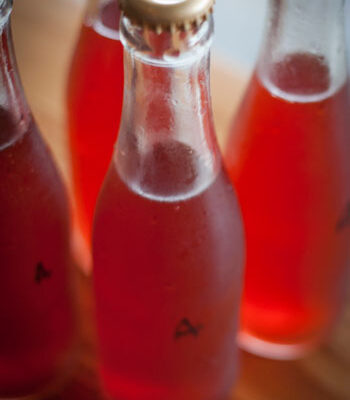



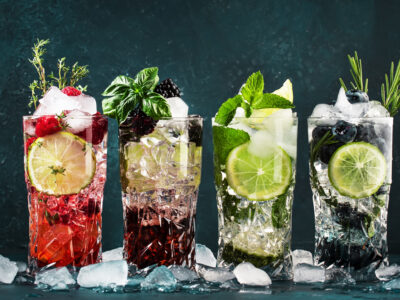
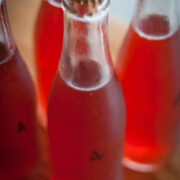




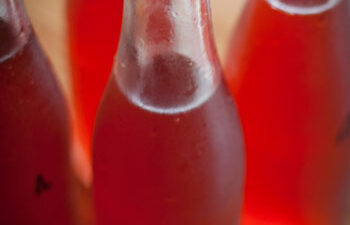
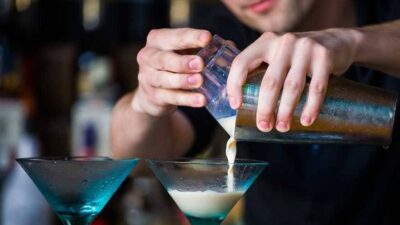




Comments